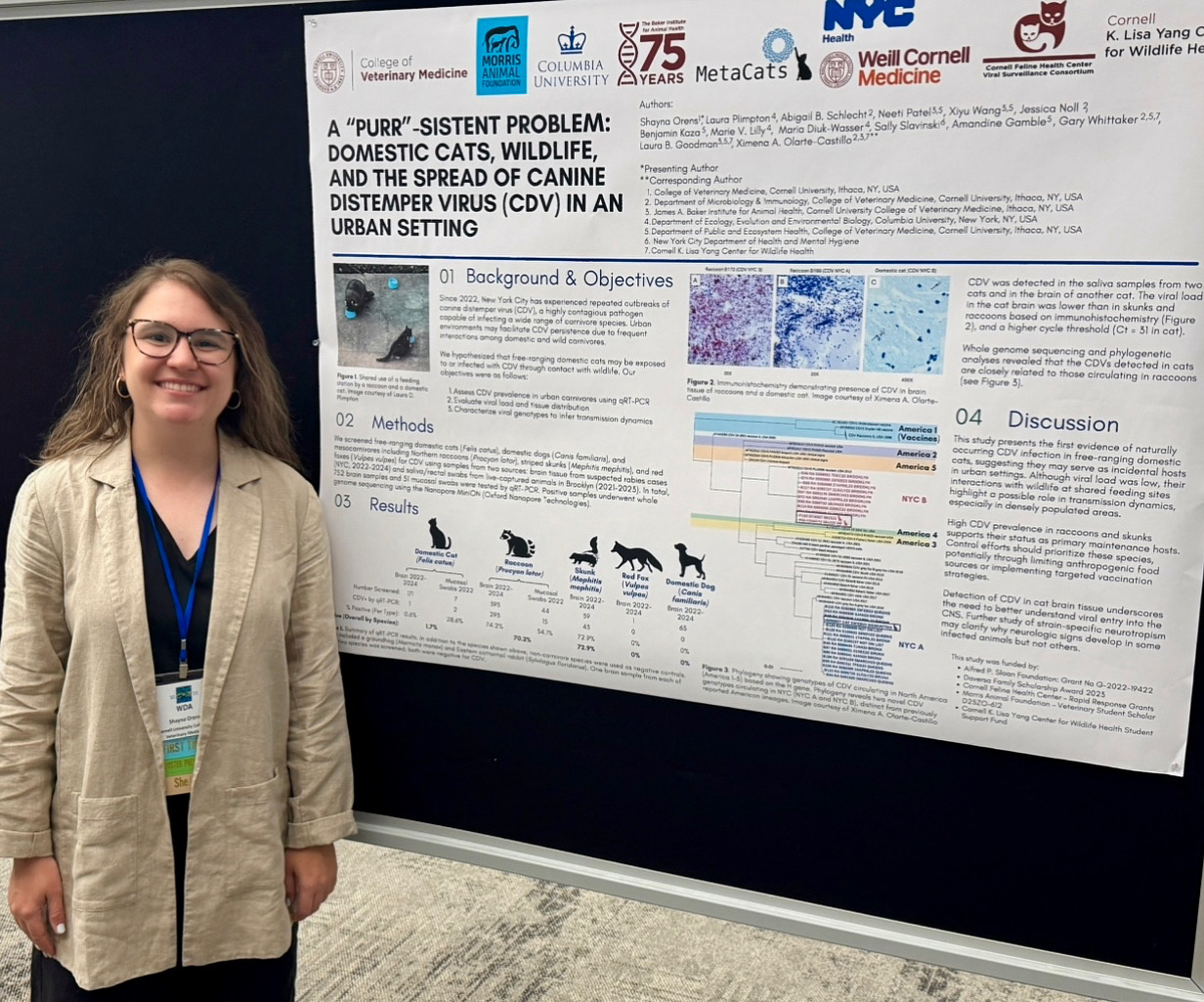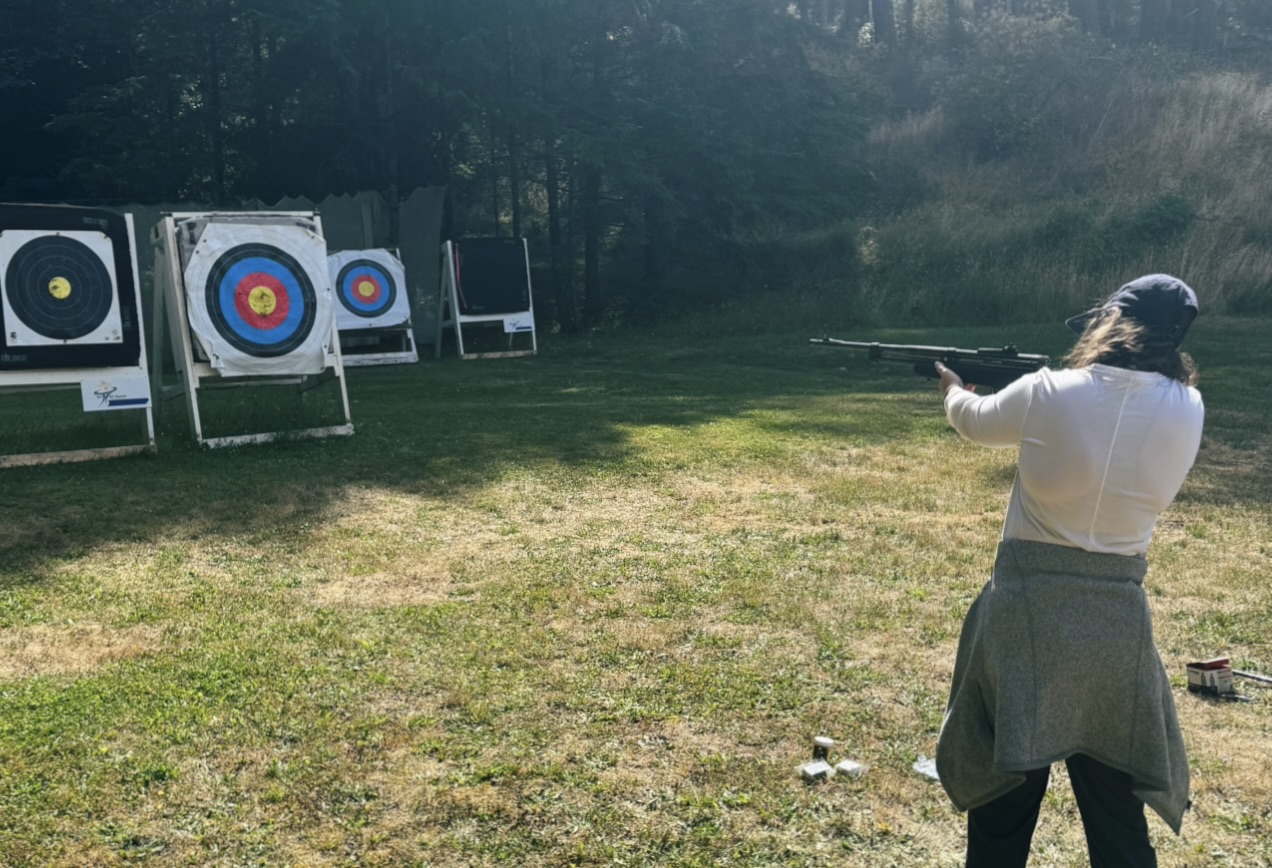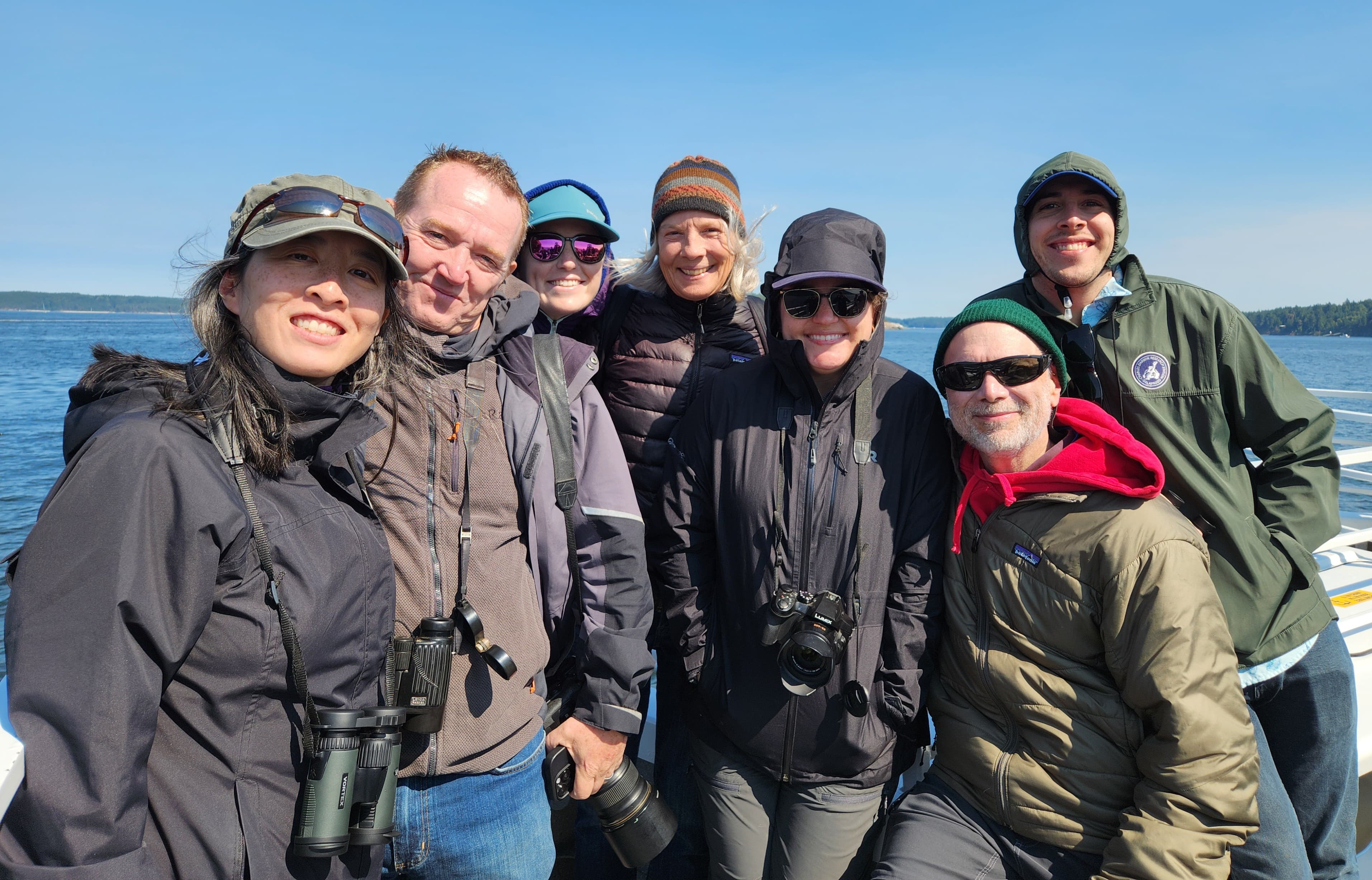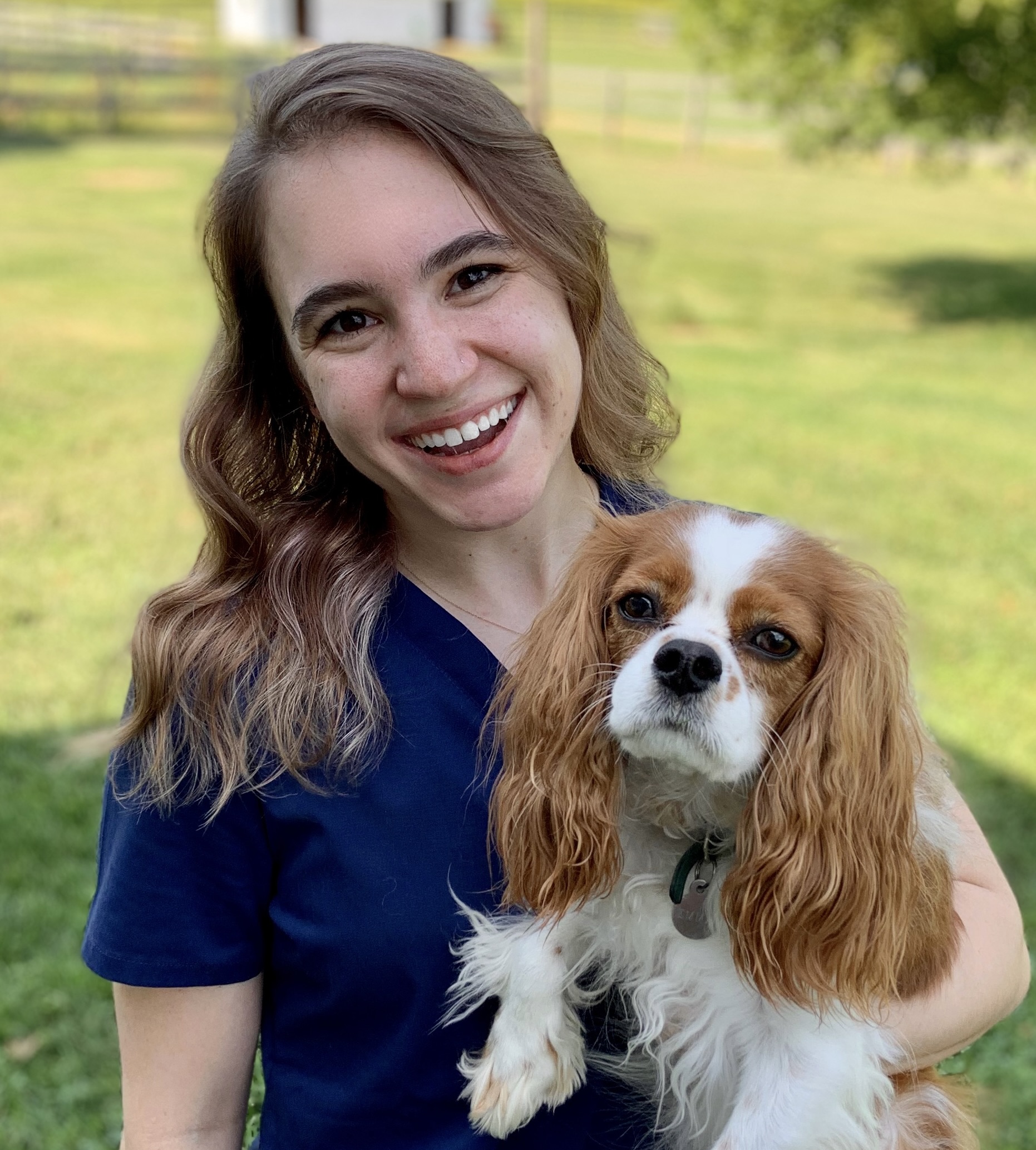Bringing One Health to Life at the 2025 Wildlife Disease Association Conference
By Shayna Orens, DVM ‘27
Thanks to the generous support of the Cornell K. Lisa Yang Center for Wildlife Health (CYCWH), I had the opportunity to attend the 2025 Wildlife Disease Association (WDA) conference in Victoria, British Columbia. As a veterinary student passionate about wildlife health, One Health, and infectious disease ecology, this experience was a turning point. It allowed me to present my work, helped clarify future directions for my research, and most importantly, reminded me why I chose this career path in the first place.
Pre-Conference Student Workshop: Skills, Stewardship, and Seal Pups
Before the conference officially began, I participated in the WDA’s CANUSA student workshop—a multi-day experience designed to build connections, hands-on skills, and cultural awareness among students working in wildlife health across Canada and the United States.
One of the first stops was the Vancouver Aquarium Marine Mammal Rescue Society, where we met the team caring for dozens of orphaned harbor seal pups. We got a behind-the-scenes look at veterinary triage and rehabilitation, and had the chance to speak with the attending veterinarian about the challenges these pups face, many of which stem from human activity. Coastal development, boat traffic, and off-leash dogs can all separate young pups from their mothers too early, leaving them vulnerable and in need of rescue. Seeing these tiny, fragile patients and the dedication of the rescue team underscored the complex relationship between environmental health, animal health, and human health and well-being.
The following day, we practiced darting with Dr. Caeley Thacker, the provincial wildlife veterinarian for British Columbia. Under her guidance, we learned the fundamentals of wildlife chemical immobilization and practiced darting targets (no animals involved!). As someone planning to conduct wildlife fieldwork in the future, these are invaluable skills to begin developing as a veterinary student.
One of the most powerful experiences of the workshop was an ethnobotany walk in the forest led by J.B. Williams, a First Nations (Tsawout and Ahousaht) knowledge holder. Through stories and teachings, we learned to see the forest not just as habitat, but as a living system rich with meaning, medicine, and history. It was a reminder that effective wildlife conservation must go beyond data and diagnostics; it requires humility, listening, and partnership with Indigenous communities and other stewards of the land.
Throughout the workshop, we also engaged in big-picture conversations about science communication, navigating interdisciplinary careers, and reconciling Western science with traditional ecological knowledge (TEK). These discussions helped me reflect on the kind of scientist and veterinarian I hope to become: one who is rigorous, compassionate, and deeply rooted in place-based understanding.
The Conference: Connecting Research with Purpose
At the main conference, I had the opportunity to present a research poster about my work with the Goodman Pathogen Genomics Lab at the Baker Institute for Animal Health, Cornell College of Veterinary Medicine. My research focused on canine distemper virus (CDV) in urban carnivores. Supported by the Morris Animal Foundation’s Veterinary Student Scholars Program, this project involved screening brain tissue from New York City wildlife and domestic animals for evidence of infection and sequencing complete CDV genomes from positive cases using nanopore technology.
Presenting this work sparked several fascinating conversations with researchers studying viral spillover in various ecosystems, others exploring neurological diseases in wildlife, and many more grappling with the same big questions: How do we build better wildlife surveillance systems? How do we prepare for the next emerging disease? How do we safeguard species at risk?
These conversations helped clarify the next steps I want to pursue as part of my training. They inspired me to refine my future research goals, particularly in improving wildlife viral surveillance and integrating field-based and molecular tools across different taxa and ecosystems. It was also energizing to learn from many others working at the crossroads of health, ecology, and conservation. The WDA community is filled with individuals tackling complex challenges with creativity, resilience, and heart. I left feeling both humbled and deeply motivated.
A Dream Field Day: Orcas, Humpbacks, and Harbor Seals
As a final highlight, the CYCWH team participated in a whale watching trip that turned out to be one of the most magical moments of the week. We spotted a transient orca family (including the matriarch T065B, known as “Chunk,” and her offspring), a juvenile humpback whale, a raft of harbor seals, and even a bald eagle near its nesting site. Seeing these animals in their natural environment brought everything full circle: the science, the incredible wildlife, and the need to protect what we love.
Looking Ahead
I’m incredibly grateful to the CYCWH Student Support Fund for supporting my travel to the 2025 WDA conference. This experience solidified my commitment to a career at the intersection of veterinary medicine, wildlife conservation, and One Health research. It also reminded me that while the path ahead is complex, it’s also filled with opportunities to build bridges: between species, between ways of knowing, and between people who care deeply about the health of our planet.
Shayna Orens, Class of 2027, is a DVM student at Cornell University’s College of Veterinary Medicine. She holds a bachelor’s degree in political science and sustainable development from Columbia University and a master’s degree in public policy from the University of Southern California. Shayna aspires to be a leader in the field of One Health. She seeks to blend social sciences with veterinary medicine by working at the intersection of clinical medicine, epidemiology, conservation, and public health. Shayna’s clinical interests are currently in zoo and wildlife medicine, neurology, and behavior.
Photos provided by Shayna Orens.
Please consider giving to the Cornell Yang Center for Wildlife Health Student Support Fund to help provide more hands-on experiential learning opportunities for students passionate about wildlife health and conservation.




